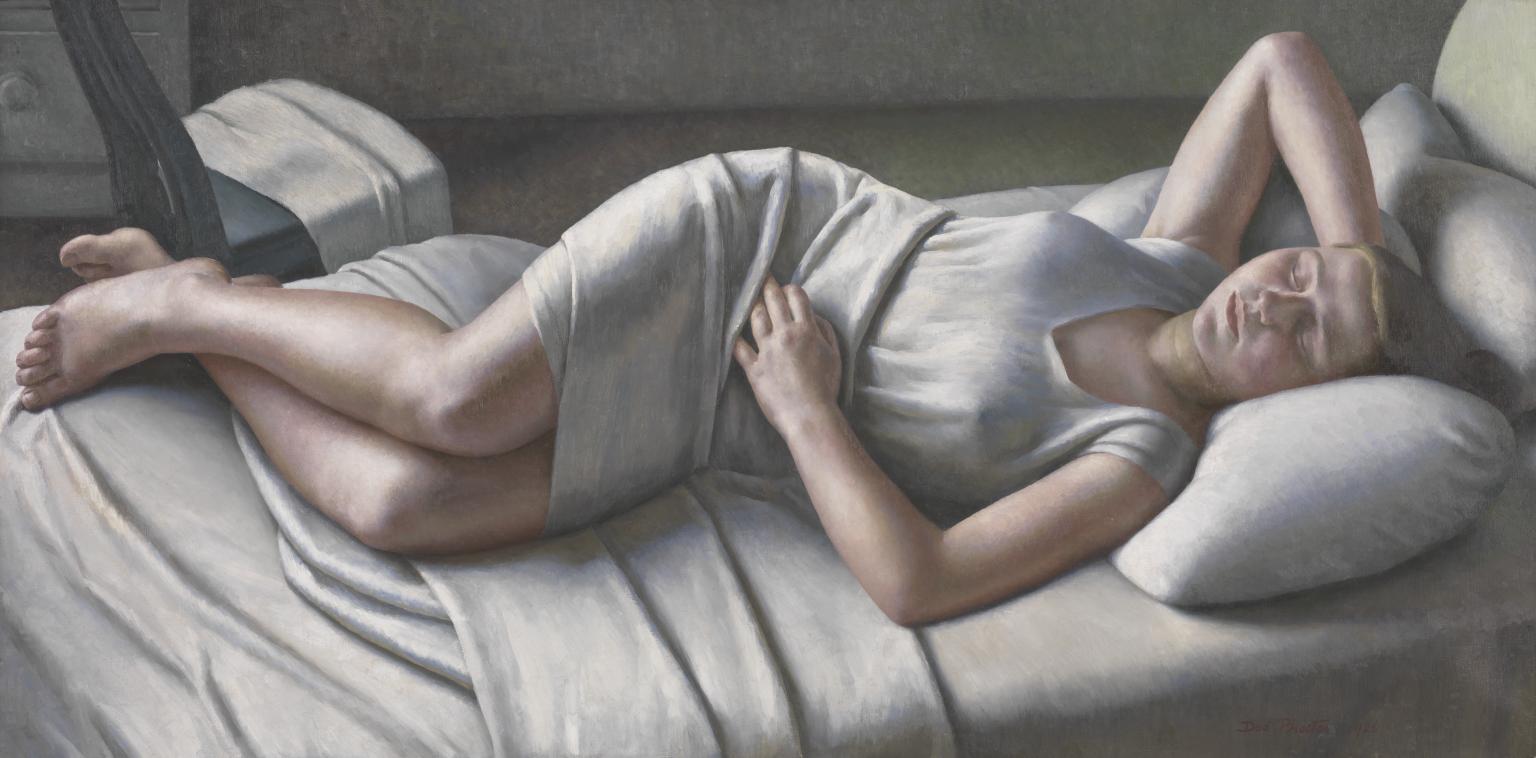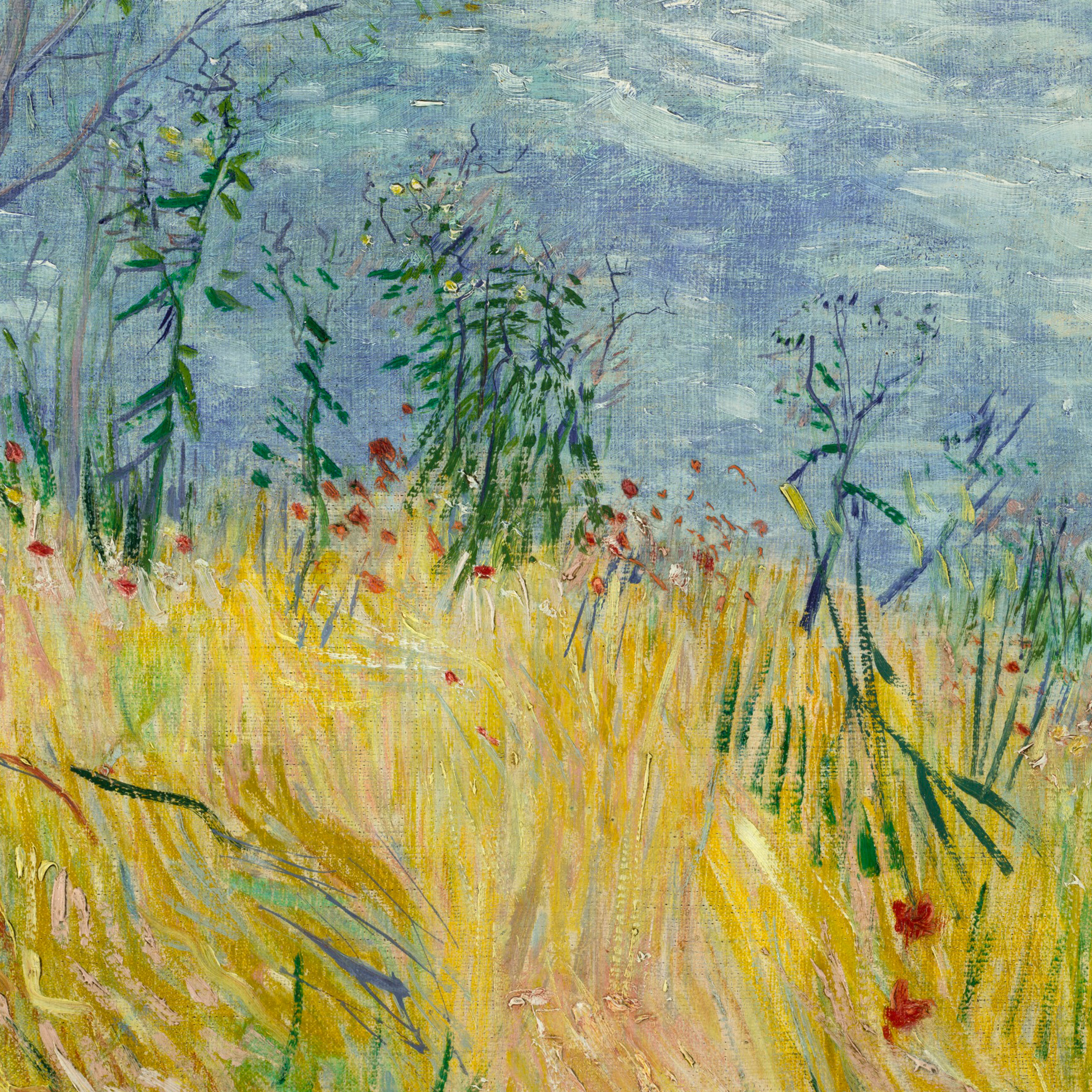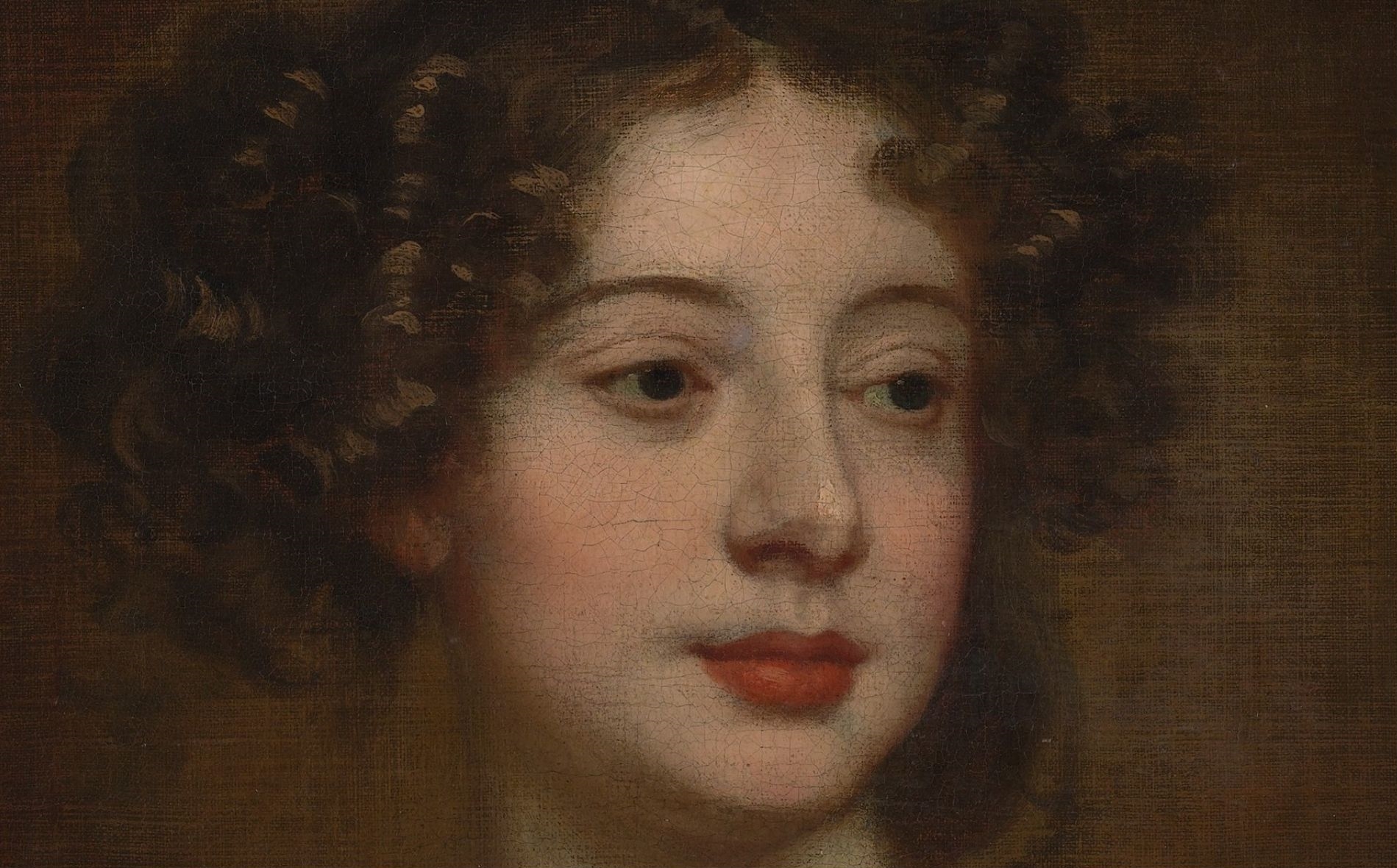Pierre-Auguste Renoir | The Pear Tree, 1877
In the early 1860s Pierre-Auguste Renoir had studied in the Paris atelier of Swiss history painter Charles Gleyre.
Together with his fellow pupils Frédéric Bazille, Claude Monet and Alfred Sisley, he belonged to the nucleus of the group that would become known as Impressionists in the mid-1870s.
Renoir’s early experiments with painting in the open air were decisive for the development of his visual language. In a departure from traditional methods, he worked en plein air not merely for studies, but also, like Monet, in order to create independent, finished works.














